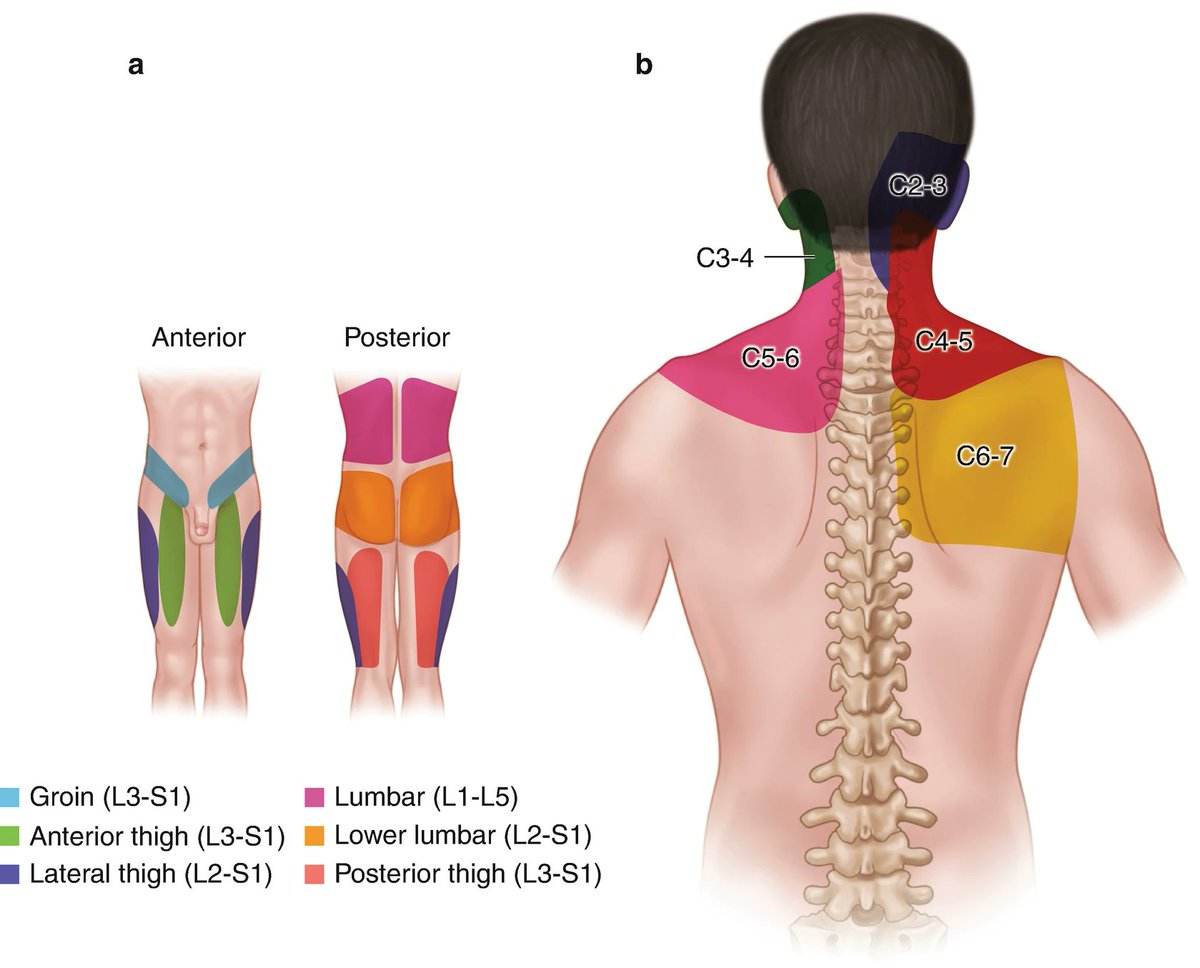Just published 🔥
Myofascial stiffness of plantar fascia and Achilles tendon in individuals with plantar fasciopathy (PF): An observational cross-sectional study🦶
mskscienceandpractice.com/article/S2468-…
illustration: pubmed.ncbi.nlm.nih.gov/15152061/
Myofascial stiffness of plantar fascia and Achilles tendon in individuals with plantar fasciopathy (PF): An observational cross-sectional study🦶
mskscienceandpractice.com/article/S2468-…
illustration: pubmed.ncbi.nlm.nih.gov/15152061/

Rabelo et al. investigated the the myofascial stiffness of plantar fascia, Achilles tendon in 39 individuals diagnosed with PF and individuals with no history of PF.
Their results showed that individuals with unilateral PF showed reduced myofascial stiffness depending on the portions and anatomical comparators. While for the Achilles tendon the PF group showed reduced stiffness compared to the control group, ...
...for the plantar fascia the symptomatic limb of the PF group showed reduced stiffness compared to the asymptomatic limb (7% lower stiffness).
Previous studies using elastography reported magnitude of differences ranging from 38 to 74% lower stiffness in individual with PF compared to controls. ncbi.nlm.nih.gov/pmc/articles/P…; pubmed.ncbi.nlm.nih.gov/36662404/
It is possible, that patients may tend to avoid mechanical loading of the respective leg during everyday activities as a pain associated avoidance behaviour.
Since repeated maximal loading has been shown as an important long-term regulator of tendon stiffness, pubmed.ncbi.nlm.nih.gov/34382838/
It is possible that affected patients may practice less high impact loading (such as in jumping or in rapid deceleration when changing directions) during previous months, as also evidenced by the lower performance in the clinical tests.
This may not only lead to a relative loss of muscle strength in some lower leg or foot muscles, but also to a lower tendon stiffness.
So sorry…nothing to release !!!! 🙄😅
• • •
Missing some Tweet in this thread? You can try to
force a refresh

 Read on Twitter
Read on Twitter













